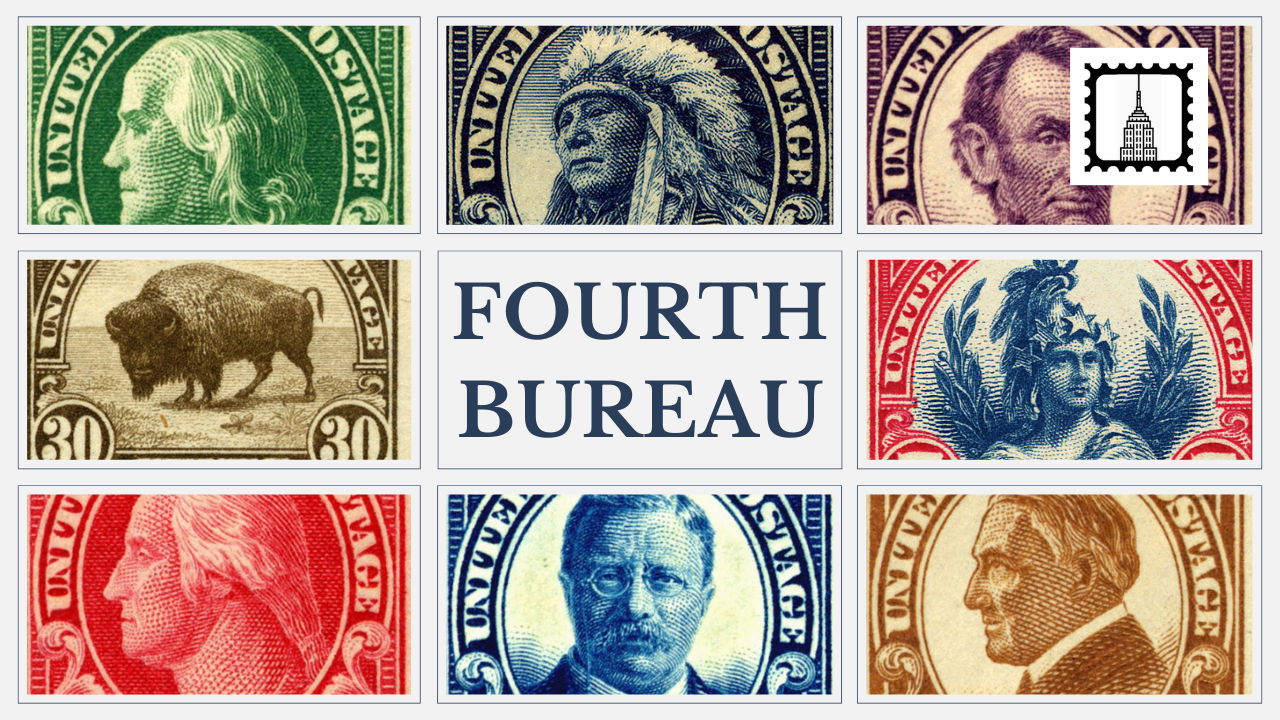Presentation by Edward Grabowski
Introduction
The world of philately often intersects with history, revealing fascinating stories through the humble medium of postal covers. Over the past several weeks, I’ve come across some intriguing covers connected to Professor Victor Segno, a prominent figure in the early 20th century known for his Success Club and the American Institute of Mentalism. These recent finds have provided deeper insights into Segno’s global reach, his personal journey, and the eventual decline of his enterprise. In this blog post, I aim to share these insights, focusing on what these covers tell us about Segno’s activities and the broader historical context of the time.
The Man Behind the Mail: Professor Victor Segno
Professor Victor Segno was a self-proclaimed mentalist and visionary who, in the early 1900s, established the Success Club and the American Institute of Mentalism. For an annual membership fee of $10 (equivalent to about $200 today), individuals could receive “Success Waves”—positive mental energy transmissions that Segno claimed would improve various aspects of their lives, from health and happiness to financial prosperity and personal magnetism.
His wife, Annie Del Segno, played a significant role as the treasurer of the institute. Together, they expanded their reach globally, advertising in multiple languages and attracting members from around the world. Segno’s ambitious endeavors reflected the zeitgeist of an era captivated by self-improvement and the possibilities of the mind.
Global Reach and Influence
The recent covers I’ve acquired underscore the extensive international network that Segno cultivated. These postal artifacts originated from diverse locations such as the Gold Coast (now Ghana), Togo, Argentina, and Grenada. This widespread geographical distribution highlights how Segno’s message resonated across continents, transcending linguistic and cultural barriers.
For example, one cover from the Gold Coast dated February 23, 1916, reveals that his promotional efforts reached deep into colonial territories. The fact that individuals in remote villages were engaging with his Success Club illustrates the effectiveness of his international outreach. Similarly, a cover from Lomé, Togo, during the Anglo-French occupation in 1916, demonstrates how his influence persisted even amidst the upheaval of World War I.
These artifacts show that Segno’s operations were not confined to the United States or Europe but had a truly global footprint. His advertisements appeared in over ten European languages, and he adapted his materials to suit various linguistic contexts. This multilingual approach was instrumental in attracting a diverse membership base and speaks to a sophisticated understanding of international marketing for his time.
Insights into Postal History and Practices
Analyzing these covers has provided valuable insights into early 20th-century postal history and practices:
- Postal Rates and Regulations: The covers highlight the complexities of international postal rates and regulations during that era. For instance, the cover from the Gold Coast was sent at an incorrect one-penny rate instead of the proper two-and-a-half pence required for mail to the USA. Despite this discrepancy, it successfully reached its destination without additional charges, suggesting a degree of flexibility or oversight in postal enforcement.
- Wartime Censorship: Several covers bear censor marks and tapes, indicative of the scrutiny that mail underwent during World War I. The presence of censor markings from Accra on the Gold Coast cover illustrates how wartime measures impacted even personal correspondence. This adds a layer of historical significance, reflecting the global reach of the war and its effects on everyday life.
- Mail Routes and Transit Times: The transit routes of these covers offer a glimpse into the logistics of international mail delivery. For example, mail from Togo traveled via Plymouth and Liverpool in England before crossing the Atlantic to New York and then proceeding to Los Angeles. The relatively efficient delivery times, even during wartime, highlight the robustness of early 20th-century postal systems.
- Language and Addressing Conventions: The covers also reveal interesting details about language use and addressing conventions. A cover from Argentina addressed Segno as “Angel Victor Segno,” with “Angel” possibly being a misinterpretation or an honorary title in Spanish. This underscores the nuances of cross-cultural communication and the potential for miscommunication in international correspondence.
The Decline of the Success Club
While the early covers showcase the height of Segno’s influence, later correspondence provides insights into the decline of his enterprise. One particularly telling piece of mail from Buenos Aires, Argentina, dated February 1916, was marked “Advertised” and “Unclaimed,” indicating that it was undeliverable and eventually returned to the sender. This suggests a significant decrease in Segno’s prominence and possibly the dissolution of his extensive mail operations.
In the early 1910s, Segno was one of California’s most significant private mail clients, handling thousands of incoming and outgoing letters daily. That a letter addressed to him would go unclaimed by 1916 reflects a rapid decline in his activities and public recognition.
Further examination of his personal history sheds light on this downturn:
- 1912: Segno left for Berlin with his secretary, divorcing Annie to establish a German branch of his institute. This move was likely driven by ambitions to expand his influence in Europe.
- 1915: The outbreak of World War I and subsequent challenges forced Segno to return to Los Angeles. An article from the Los Angeles Times highlighted his departure from Berlin, stating, “Mars destroys success waves. Money scares Victor Segno leaving Berlin.” This headline captures the impact of global conflict on his ambitions.
- Post-1915: After his return, Segno faded from public view. The institute continued operations under Annie’s management but gradually declined, ceasing entirely by 1937.
Annie Del Segno’s Role and Legacy
The correspondence addressed to Annie Del Segno during Victor’s absence emphasizes her significant role in the organization. As treasurer and possibly more, she appears to have kept the institute functioning despite the challenges posed by Victor’s departure and the war.
Annie’s efforts suggest that she was instrumental in maintaining the network of members and managing the day-to-day operations. The eventual decline of the institute may reflect broader societal changes, shifts in public interest, or the difficulties of sustaining such an enterprise without its charismatic founder.
Reflections on Communication and Mobility
These covers also prompt reflections on communication and mobility, both then and now. In the early 20th century, international correspondence was a primary means of maintaining global connections. The ability of individuals like Segno to build international networks through mail demonstrates the power of postal systems to bridge vast distances.
In contrast, my own ability to acquire these covers from around the world—England, France, the Czech Republic, and online platforms like eBay—highlights how technology has transformed accessibility. As someone currently using a walker and unable to attend stamp shows in person, the internet has been invaluable in continuing my philatelic pursuits. This modern connectivity mirrors, in a way, the global reach that Segno achieved through his extensive correspondence.
Historical Context and Broader Implications
The story of Professor Segno and the insights gleaned from these covers offer a window into broader historical themes:
- Globalization and Cultural Exchange: Segno’s success in attracting international members reflects early 20th-century globalization. People were eager to engage with new ideas and movements that promised personal improvement, regardless of geographic boundaries.
- Impact of World Events: The disruptions caused by World War I had a profound effect on individuals and enterprises alike. Segno’s failed venture in Berlin and the challenges in maintaining his network illustrate how global events can derail personal ambitions.
- Evolution of Communication: The transition from the dominance of postal correspondence to modern digital communication underscores the rapid evolution of how we connect. Studying these covers allows us to appreciate the foundations upon which today’s instant communication is built.
Conclusion
The covers connected to Professor Victor Segno are more than mere postal artifacts; they are pieces of a historical puzzle that illuminate the life of a man who sought to harness the power of the mind to improve lives worldwide. They reveal the extent of his influence, the challenges he faced, and the ultimate decline of his ambitious enterprise.
By examining these covers, we gain insights into early 20th-century society, the complexities of international communication, and the impact of global events on individual endeavors. They remind us that behind every stamp and postmark lies a story waiting to be uncovered.
For fellow enthusiasts interested in delving deeper, I have authored a chapter titled “The Success of Segno in the European African Colonies,” published in recent volumes of the European Academy of Philately’s annual journal. I am happy to share a PDF copy upon request.
Collecting and studying these pieces has been a rewarding journey. I hope that sharing these insights inspires others to explore the narratives hidden within their collections and to appreciate the rich tapestry of history that philately can unveil.






